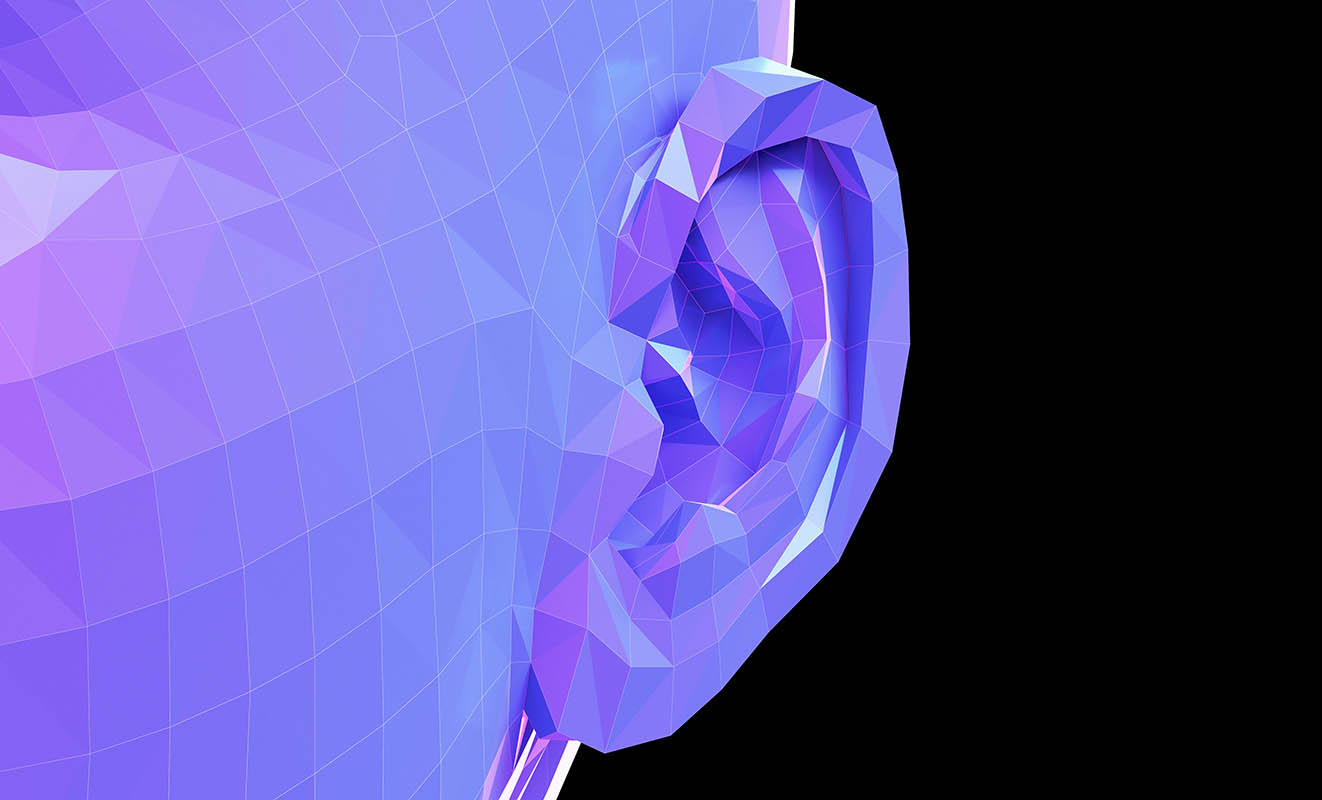Can 3D ear recognition replace conventional biometrics?
With more datasets to support learning, 3D ear recognition could make lifelong biometric identification possible.
Unlike faces, which change due to aging or through the application of make-up, ear structures change little over a person’s lifetime and their appearance is not affected by expressions. This suggests ear recognition could be a reliable biometric method to identify individuals over the long term.
Postdoctoral fellow Iyyakutti Iyappan Ganapathi, along with Naoufel Werghi, a professor in electrical engineering and computer science at Khalifa University, has conducted the first comprehensive review of 3D ear-recognition techniques to be reported in peer-reviewed journals since 2005.
“The technology stands out for its ability to consistently capture detailed structural information, despite changes in lighting, angle, or minor variations in ear shape over time,” says Ganapathi. “This makes it highly reliable and well-suited for contactless identification.”
Compared with 2D recognition, which relies on flat representations, 3D methods offer greater accuracy by capturing detailed features such as depth and ear contour. This can be achieved by shining a laser light onto the ear and using a sensor that detects the light to create a 3D model, which is then compared with a database to identify an individual.
Recognition challenges
Ear biometrics come with distinct strengths and challenges. Registration-based techniques, which compare the shape of the ear, are highly accurate but their computational costs make them time-consuming. Feature-based methods, which examine key features such as curvature are a more efficient alternative. A hybrid approach that combines the two methods has shown promise in maximizing efficiency. Ear recognition could also potentially be paired with other biometrics such as face, voice, or iris recognition to improve security and practicality.
“Lack of data diversity leads to biases and lower recognition accuracy, particularly when generalizing across different populations.”
Iyyakutti Iyappan Ganapathi
One major challenge of translating 3D ear recognition into real-world practice is the lack of quantity and diversity in datasets. Most existing datasets are small and do not account for the vast range of ear shapes and sizes, nor real-world demographics. These datasets also do not consider factors such as poses and environmental conditions. On the other hand, biometric models with fingerprints and faces have undergone robust training and testing thanks to publicly available, large-scale, diverse datasets.
“Lack of data diversity leads to biases and lower recognition accuracy, particularly when generalizing across different populations,” Ganapathi warns.
“Creating diverse datasets for ear recognition is a priority,” he says, as they could lay the groundwork for leveraging deep learning and developing algorithms that better overcome imperfections in images, such as overexposure from oily skin or parts of the ear being hidden by hair and accessories.
Reference
Ganapathi, I.I.; Ali, S.S.; Prakash, S.; Vu, N.S. and Werghi, N., A survey of 3D ear recognition techniques. ACM Computing Surveys, 55 (10), 1–36 (2023). | Article




